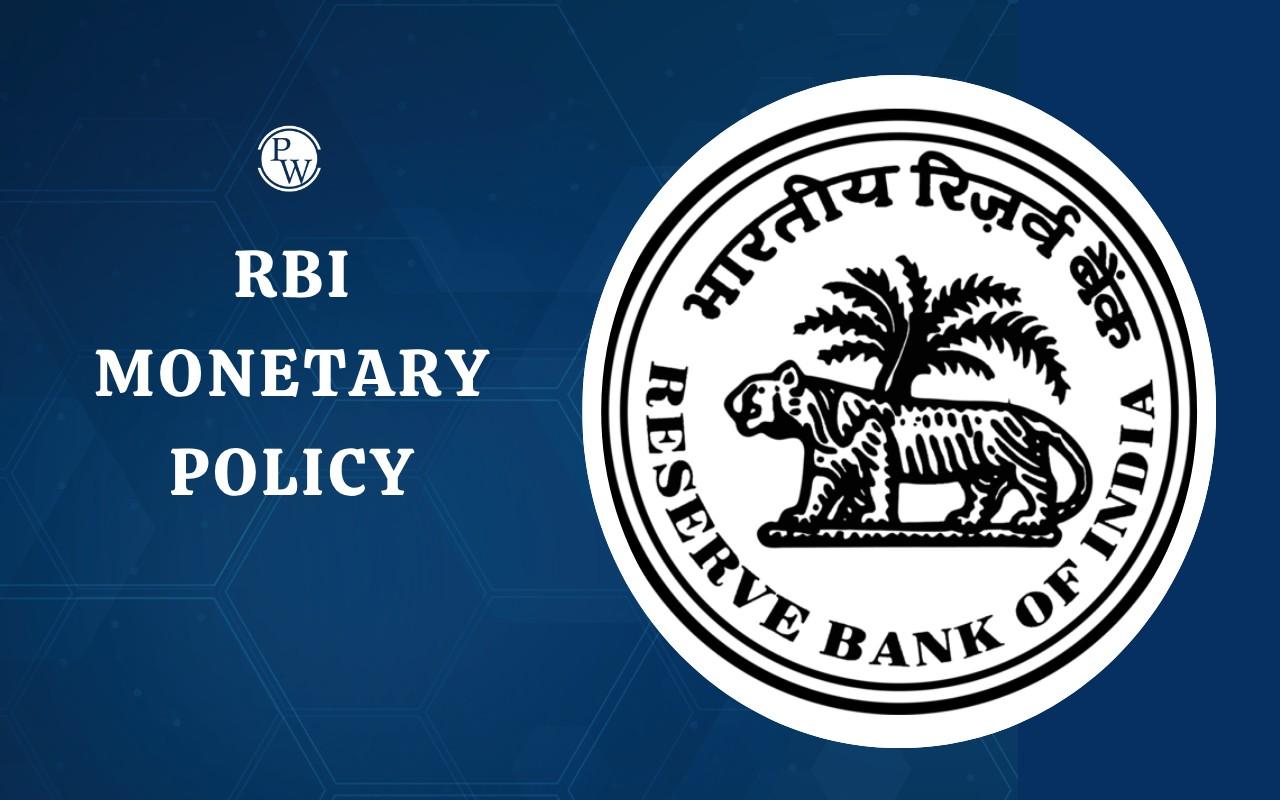
The unemployment rate in India remains a complex issue with wide variation across rural, urban, and state-wise lines. The unemployment rate in rural and urban areas sheds light on job availability and economic challenges. Currently, the national unemployment rate stands at 4.9% (PLFS 2024-25). Read on to learn more about the unemployment rate in India!
Unemployment and Its Types
Unemployment in India is a long-standing economic challenge. It affects income, growth, and the quality of life. It happens when people who are willing and able to work do not get suitable jobs. The unemployment rate in India helps measure the percentage of jobless people in the labour force. There are several types of unemployment:
- Structural Unemployment: Occurs when there's a mismatch between workers' skills and job requirements.
- Frictional Unemployment: Short-term unemployment during transitions between jobs.
- Cyclical Unemployment: Linked to economic downturns, leading to reduced demand for goods and services.
- Seasonal Unemployment: Happens when people are unemployed at certain times of the year, common in agriculture.
- Disguised Unemployment: More people are employed than needed, especially in agriculture, leading to low productivity.
Unemployment Rate in India 2025
The unemployment rate in India in 2025 shows a slight decrease to 4.9% from 5% in the previous year. This is based on the Periodic Labour Force Survey (PLFS) 2024-25 report by the National Statistics Office. Overall, this rate remains low but hides variations across rural and urban populations.
According to the PLFS Report 2024, here are the latest trends on the unemployment rate in India 2025:
| Category | Previous Rate (%) | Current Rate (%) | Change |
| Rural Unemployment | 4.3 | 4.2 | ▼ Improved |
| Urban Male Unemployment | 6.0 | 6.1 | ▲ Increased |
| Urban Female Unemployment | 8.9 | 8.2 | ▼ Decreased |
| National Unemployment | 5.0 | 4.9 | ▼ Dropped |
| National Unemployment (PS+SS) | 3.1 | 3.2 | ▲ Rose |
Rural Unemployment Rate in India 2025
The rural unemployment rate in India is a major concern. Most of India’s population lives in villages and depends on agriculture. But seasonal farming jobs don’t offer steady income or full-time employment. In rural India, the unemployment rate stands at 4.2%, slightly lower than the previous survey.
- Unemployment Rate: Decreased from 4.3% to 4.2%, indicating a slight improvement in job availability.
- Female Participation: Reduction in unpaid helpers in household enterprises from 19.9% to 18.1% suggests a shift towards more formal employment opportunities.
Though rural jobs have stability, underemployment and informal work are widespread, pushing many people into jobs without social security.
India Urban Unemployment Rate 2025
Urban areas have experienced mixed trends in unemployment rates, reflecting the complexities of urban labor markets. The urban unemployment rate in India 2025 is driven by different challenges. These include automation, economic fluctuations, and poor job-skill matches. While cities offer more job opportunities, they also attract more job seekers.
Which is why, while the overall urban unemployment rate remained stable at 6.7%, male unemployment increased slightly from 6.0% to 6.1%, and female unemployment decreased from 8.9% to 8.2%. This highlights the need for more initiatives to push job opportunities in urban India.
| Metric | Q1 FY 2025 | Previous Quarter |
| Urban Unemployment Rate | 6.60% | 6.70% |
| Male Unemployment Rate | 5.80% | 6.10% |
| Female Unemployment Rate | 9% | 8.50% |
| Youth Unemployment (15-29 years) | 16.80% | 17% |
| Salaried Workers | 49% | 48% |
| Casual Workers | 11% | 10% |
Unemployment Rate in India State Wise 2025
Unemployment varies widely across states due to differences in industry, education, and urbanisation levels. Some states show lower unemployment due to strong industrial and IT sectors, while others face higher rates due to slower economic growth or agriculture dependence.
Here is state wise unemployment rate according to the PLFS Report (June 2022- July 2023):
| State/UT | Unemployment Rate |
| Andhra Pradesh | 4.1 |
| Arunachal Pradesh | 4.8 |
| Assam | 1.7 |
| Bihar | 3.9 |
| Chhattisgarh | 2.4 |
| Delhi | 1.9 |
| Goa | 9.7 |
| Gujarat | 1.7 |
| Haryana | 6.1 |
| Himachal Pradesh | 4.3 |
| Jharkhand | 1.7 |
| Karnataka | 2.4 |
| Kerala | 7.0 |
| Madhya Pradesh | 1.6 |
| Maharashtra | 3.1 |
| Manipur | 4.7 |
| Meghalaya | 6.0 |
| Mizoram | 2.2 |
| Nagaland | 4.3 |
| Odisha | 3.9 |
| Punjab | 6.1 |
| Rajasthan | 4.4 |
| Sikkim | 2.2 |
| Tamil Nadu | 4.3 |
| Telangana | 4.4 |
| Tripura | 1.4 |
| Uttarakhand | 4.5 |
| Uttar Pradesh | 2.4 |
| West Bengal | 2.2 |
| Andaman & Nicobar Islands | 9.7 |
| Chandigarh | 4.0 |
| Dadra & Nagar Haveli & Daman & Diu | 2.5 |
| Jammu & Kashmir | 4.4 |
| Ladakh | 6.1 |
| Lakshadweep | 11.1 |
| Puducherry | 5.6 |
| All India | 3.2 |
India's unemployment scenario in 2025 shows signs of gradual improvement. However, challenges persist, especially in urban areas and among females. The solution is that policies focusing on skill development, education, and sectoral growth must be promoted to sustain this positive trend.
Explore PW’s UPSC Courses to enhance your knowledge and skills and learn in detail about such topics!
Unemployment Rate in India FAQs
What is the current unemployment rate in India (2025)?
Which is the most unemployed state in India?
Which is the most employed state in India?
Why is there rural unemployment in India?
Has rural unemployment decreased in 2025?

UPSC Coaching









